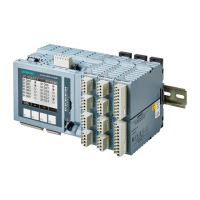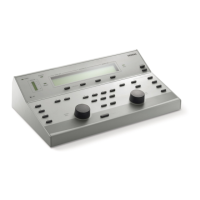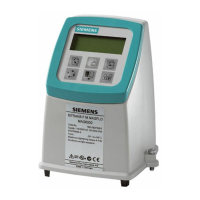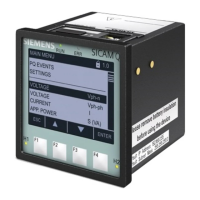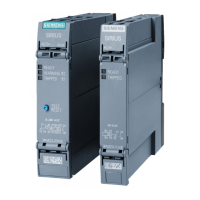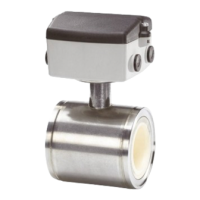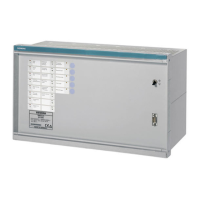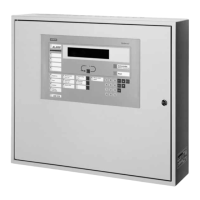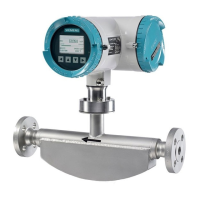SC 7000 and SC 9000XL Patient Monitors Service Manual
ASK-T898-03-7600 Siemens Medical Systems, EM-PCS Danvers 141
7k9kXLSM.ape.CD_ROM.fm/04-99/kaupp
NOT A CONTROLLED DOCUMENT
11. Enter either Biomed or Clinical password and select “Accept.”
12. Select “Restore Setup” and then “Save Setup” for each Setup listed.
13. Press Main Screen key to return to
MAIN
screen.
14. Power-cycle monitor.
15. Verify that
MAIN
screen displays after completion of power-up
sequence and proper selection of Patient Prompt.
3 Configuration
Parameters
Configuring is the process of assigning a unique electronic address and
alphanumeric addresses (labels) that identify the monitor and enable it to
communicate with other devices in an I
NFINITY
N
ETWORK
. Table 4 is a
replication of the Network Config menu for data entry in the monitor. Where
applicable, the table lists default values (or most likely values). DO NOT use
leading zeros for numbers 1- 99.
1. Network Mode: set for Direct Net. (Select “Save ALL” before
continuing, if changing Network Mode setting.)
2. Bed: a user-defined 7-character alphanumeric field for naming a bed
(e.g. ICBED12, BED1). Label appears in lower left hand corner of
MAIN
screen, and on M
ULTI
V
IEW
W
ORK
S
TATION
display and
recordings. (Must be unique in Monitoring Unit)
3. CPS/IDS: a user-defined 7-character alphanumeric field for naming
monitor (e.g. SC7k01). Label appears on M
ULTI
V
IEW
W
ORK
S
TATION
display in SHOW DEVICE screen. (Must be different from Bed label,
and unique in Monitoring Unit.)
4. Care Unit: label of Care Unit to which monitor is assigned.
5. Monitoring Unit: label of Monitoring Unit to which monitor is assigned.
6. Hospital: label for clinical site to which monitor is assigned.
7. Recorder 1, Recorder 2, and Recorder Use: Not configurable in this
software version.
8. Host ID: a number from 1 to 239 (not already used for Host ID of
another device in same Monitoring Unit to which monitor is assigned)
9. Monitoring Unit ID: number of Monitoring Unit to which monitor is
assigned
10. IP address: This field uses 191.1 for first two bytes, Monitoring Unit ID
for third byte, and Host ID for fourth byte.
Be sure Monitoring Unit ID
is set to the same number as in step 9.
11. Subnet mask: Use default unless hospital requires a different value.
12. Default router: Use default unless hospital requires different value.
13. Remote Silence: type in
y
or
n
. “y” means the MVWS can silence the
bedside alarm. “n” means that alarm cannot be remotely silenced.
14. Remote control enabled: type in
y
or
n
. “y” means monitor allows
MVWS to change alarms, setup, and demographics in monitor. “n”
means monitor cannot be remotely controlled through MVWS.
15. Alarm group: 0-255: An alarm group is a group of beds that monitor
each other. Think of this as bed-to-bed communication (as opposed to
bed-to-MVWS communication). Being part of same alarm group allows
you to see alarm messages for all beds in same alarm group.
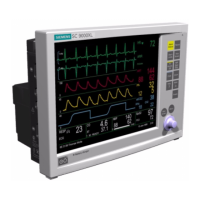
